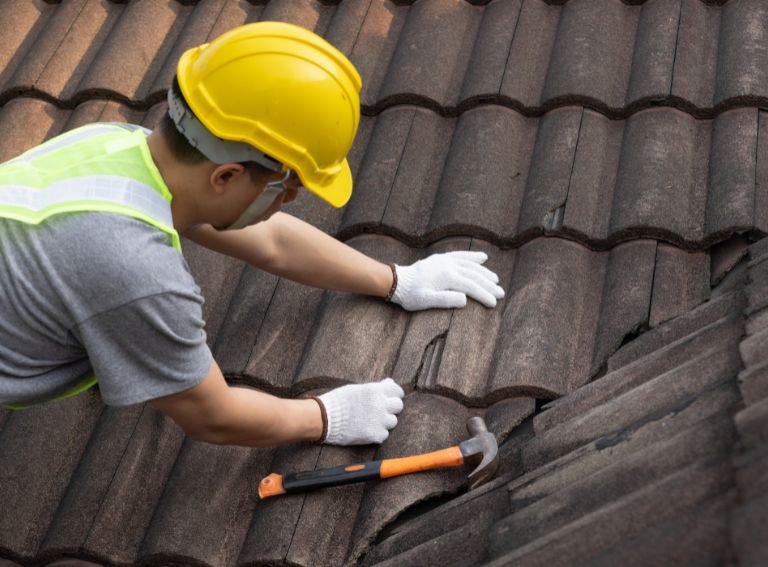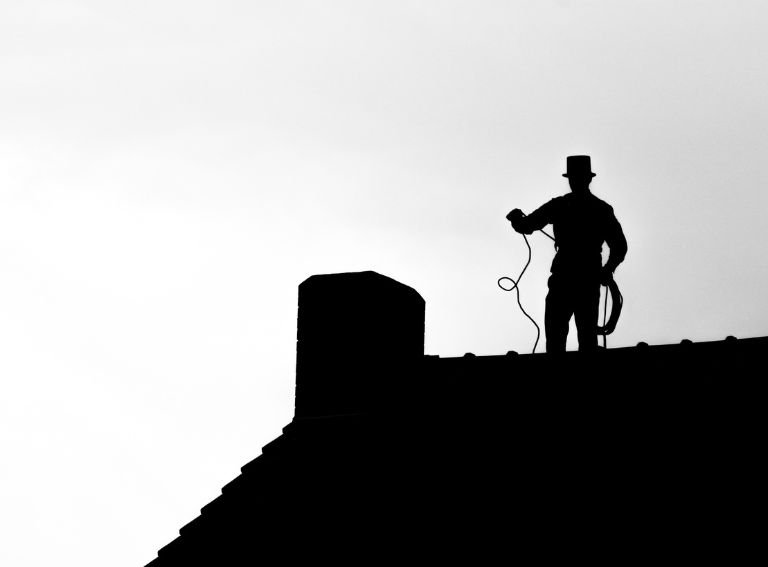Connecticut winters are no joke. Between heavy snow, freezing rain, and deep cold snaps, your roof goes through a lot—and it doesn’t always come out unscathed.
If you’ve noticed a few strange signs around the house since the last storm—like higher energy bills, ceiling stains, or shingles in your yard—it might be more than just wear and tear. It could be your roof’s way of telling you it’s time for a full replacement.
Let me explain: even the toughest roofs can only take so much. Ice dams, snow buildup, and months of freeze-thaw cycles weaken materials fast. Ignoring the damage now could cost you more later—both in repairs and in safety.
So read on—we’re breaking down the top 5 warning signs that your roof might need replacing after last winter. If you’re a CT homeowner, this guide by Hira Roofing could save you time, stress, and thousands in the long run.
Why Connecticut Winters Are Tough on Roofs
Connecticut winters hit hard—and your roof takes the worst of it. Between the heavy snow, icy winds, and freeze-thaw swings, even a newer roof can struggle to hold up.
Let me explain. Snow isn’t just cold—it’s heavy. A single foot of wet snow can weigh over 20 pounds per square foot. That pressure adds up fast, especially during back-to-back storms. Now mix in ice dams, which form when melting snow refreezes at the edge of your roof. Water gets trapped, seeps under shingles, and starts damaging everything underneath.
But that’s not all. The real roof damage often comes from temperature shifts. Connecticut sees big swings from below freezing at night to above freezing during the day. That constant expansion and contraction weakens shingles, loosens flashing, and invites leaks.
Windstorms also play a role. Gusts over 40 mph aren’t rare here and can tear off shingles or expose vulnerable spots—especially if the roof’s already aging.
- Short context on New England winter conditions and how they affect roofing systems.
- Mention common issues caused by snow loads, ice dams, freezing/thaw cycles, and windstorms.
- Support with local stats if available (e.g., snowfall averages, typical winter temperatures).
Top 5 Signs You Need a Roof Replacement After a CT Winter
Winter in Connecticut doesn’t just leave behind snow piles—it can leave serious damage on your roof. If you’re seeing any of these five signs, your roof might be ready to retire
1. Widespread Shingle Damage (Curling, Cracking, or Missing)
Winter beats up your shingles more than you think. Ice freezes under them, wind lifts them, and daily temperature swings weaken their grip. Over time, they start curling, cracking, or even breaking off completely.
Take a walk around your property and look up. Do you see bare patches? Edges peeling upward? Loose pieces in the yard or near downspouts? That’s not just cosmetic—it’s your roof saying it’s past its limit.
You could patch a few spots, sure. But if damage covers a wide area, repairs won’t cut it. You’ll end up chasing leaks all year. So read on—this next sign might already be showing inside your home.
2. Ice Dam Scars or Water Stains in Attic or Ceiling
Ice dams don’t just damage your gutters—they let water creep where it shouldn’t. When snow melts, then refreezes along the roof edge, water backs up under your shingles. That moisture often ends up in your attic or ceiling.
Head up to your attic. See any dark stains, damp insulation, or mildew smells? Those are signs of past leaks. Water trails or warped wood are even worse—they hint that damage has been happening for a while.
If water is showing up inside, it’s likely the roofing system—not just the surface—has failed. And once insulation is wet, your energy bills go up, too.
3. Sagging Roofline or Structural Deformities
Your roof should be straight and firm. If it looks uneven, dips in the middle, or sags near the edges, that’s a red flag.
Heavy snow sitting on a roof for weeks can weaken the decking or even crack support beams. The weight adds stress, and when materials are already old or waterlogged, they give in.
This isn’t just about looks. A sagging roof means serious risk. It can collapse under another heavy storm or lead to major water damage. Don’t wait on this one—get it checked fast.
4. Granule Loss and Exposed Underlayment
Shingle granules are those tiny, sand-like bits that coat your shingles. They help protect against UV rays and water. When they wear off, the shingles dry out and start to crack.
Check your gutters and the ground around your home. If you’re seeing a gritty build-up, that’s a sign your shingles are aging fast. You might also spot bare patches where the underlayment—usually a black or felt-like surface—is showing through.
Once the underlayment is exposed, your roof is no longer protecting your home like it should. Rain, sun, and snow will break it down quickly from there. And yes, a full replacement is often the smartest move at this point.
5. Increasing Energy Bills or Drafts After Winter
Here comes the part many homeowners miss—if your energy bill spiked after winter, your roof might be the problem. A damaged roof leaks more than water—it lets out heat.
Gaps in shingles, poor insulation, and broken seals can throw off your home’s ventilation. That means your furnace or AC has to work harder just to keep things steady.
If your utility bills went up and your roof is more than 15-20 years old, it’s time to ask if it’s still doing its job. In many cases, replacing it cuts energy use, improves comfort, and saves money in the long run.
When to Repair vs. Replace: Making the Right Call

Let me explain—replacing a roof isn’t always the answer. Sometimes a simple repair keeps your home protected and your wallet intact. But other times, fixing one issue just delays the bigger, more expensive problem.
If the damage is small—like a few missing shingles or a minor leak caught early—a repair might be enough. Especially if your roof is under 10 years old and in otherwise good shape.
But here comes the good part: if you’re seeing widespread damage, repeated leaks, or the roof is pushing 20 years old, repairs become a short-term patch. You’ll spend more over time and still end up replacing the whole thing.
Here’s a quick way to decide:
- Repair: Minor damage, recent installation, no signs of deeper issues.
- Replace: Age over 15-20 years, multiple problem areas, structural damage, or rising energy bills.
Still not sure? A professional roof inspection can tell you exactly where you stand—and help you avoid paying twice for the same roof.
Why Acting Now Saves Money (and Headaches)
Waiting on roof problems rarely works out in your favor. What starts as a small leak or draft can turn into water damage, mold, or even structural repairs that cost five times more.
Let me explain—your roof is your home’s first defense. When it fails, everything underneath is at risk. The longer you wait, the worse the damage gets, especially with spring rains or summer storms on the way.
But there’s more. Acting now means you’ll have time to choose the right contractor, compare options, and schedule work before the busy season. Many homeowners rush for help in late summer or fall—and by then, prices rise and calendars fill up.
So read on—if your roof didn’t survive winter, now’s the time to fix it before it drains your savings or causes bigger issues inside your home. It’s not just a repair—it’s protection.
Conclusion
A roof doesn’t need to fall apart to fail. Sometimes, the warning signs are subtle—until they aren’t.
If you’ve spotted any of these issues after winter, don’t wait for it to get worse. Get a professional opinion now, before small problems turn into major repairs.
Whether your roof needs a few fixes or a full replacement, acting early means less stress, less cost, and better protection for your home.
Think your roof didn’t make it through the winter? Let’s take a look—before the next storm hits.




